The OnePlus One Review
by Joshua Ho on November 19, 2014 8:00 AM EST- Posted in
- Smartphones
- Android
- Mobile
- OnePlus
Final Words
The OnePlus One is quite possibly the most interesting phone I’ve seen in a while, and reviewing this device was extremely difficult due to how frustrating some aspects of the device were. OnePlus itself is a company that seems to come from nowhere, although it’s evident to some extent that OnePlus and Oppo are currently quite close in the production of these devices as a great deal is shared with the Oppo Find 7A. Aside from this, the One is a critical device as it seems to be the phone that could be the first to kill the concept of a 650 USD flagship smartphone. In order to figure out whether OnePlus has succeeded, it’s important to revisit all aspects under review before passing any final judgments.
To start, OnePlus really has nailed the industrial and material design of the One. While it certainly isn’t an aluminum unibody, it’s a far cry from the glossy plastic designs that are often quite popular with OEMs. The entire design clearly has had a great deal of thought put into it, from the earpiece to the sandstone finish. It’s often said that there’s a right way and a wrong way to do a plastic phone. In this case, OnePlus has definitely done it right. The minimal design is definitely appreciated, as is the in-hand feel from the shape and materials of the device. Unfortunately, this phone is just far too big for one-handed use. If the LG G3 was on the edge of one-handed usability, this goes just a step further. The larger bezels and more angular shape of the OnePlus One make it extremely difficult to use with one hand, and is therefore best compared against phablets.
One of the main justifications for pushing the limits of size so much with “phones” is because this makes it possible to push larger batteries and therefore more battery life. In this regard, the OnePlus One definitely justifies its larger size. The battery life of the OnePlus One is class-leading, and it’s really unlike anything else on the market today. The OnePlus One also manages to post impressive sustained performance scores, which speaks to the larger surface area and efficient thermal design of the One. Surprisingly, despite the large battery the One charges almost as quickly as phones with QC 2.0 fast charging.
The other high point worth talking about is the display. Despite the low price, the display on the OnePlus One is decidedly high end. The color calibration is almost as good as it gets for a smartphone, with high brightness and relatively high contrast. There are some issues with viewing angles, but these are generally quite minor in nature.
OnePlus has also managed to deliver a high-end SoC for a decidedly mid-range price. While it’s disappointing to see benchmark cheating, it seems that this behavior is isolated for the most part. The Snapdragon 801 in the One performs identically to everything else with the same SoC, which is definitely good to see. In the same vein, it’s great to see OnePlus shipping incredibly fast NAND in this device with reasonably-priced storage tiering.
However, the OnePlus One is far from perfect. While the hardware is great for the most part, the camera and the camera experience are deeply disappointing. While the Nexus 5 didn’t have the best camera in the world, it managed to ship with some sort of noise reduction and hot pixel removal to improve final image quality. The OnePlus One shipped with approximately none of these things and a rather painful camera application. While one can get by with using this application, it’s much easier to use Google Camera instead of the Cyanogen camera. Despite this and updates to add image processing, I’m still not all that impressed by the camera. This update has also made it effectively impossible to take photos off-hand in low light, as the 1/6 second shutter speed is far too long for a camera without OIS.
Unfortunately, these issues with the camera UI can be seen in the software experience as a whole. There is a strong and consistent focus on presenting as many options and features as possible to the detriment of user friendliness. While I appreciate the extent of customization available throughout the OS, it feels as if it’s still very much the same XDA ROM with a serious lack of polish. I suspect that this has little to do with OnePlus though, as Cyanogen is the one that seems to be driving UI decisions more than anything. Regardless of where the fault lies, it’s critical for these issues to be resolved for the OnePlus Two.
Overall though, the OnePlus One isn’t a bad phone by any means. It remains one of the cheapest devices with Snapdragon 801 on the market, and the hardware on offer is really something great. However, there is a disappointing level of polish in this product. This doesn’t make the OnePlus One a bad phone, but it this does mean that it won’t kill the flagship model any time soon. There are too many issues to directly compare this phone to other high-end smartphones without bringing the price of the phone into the equation. However, taking into account the extremely low price the OnePlus One is well worth comparing to other high-end devices. The OnePlus One has compromises like every other device. Whether these compromises are acceptable is up to the buyer to decide.


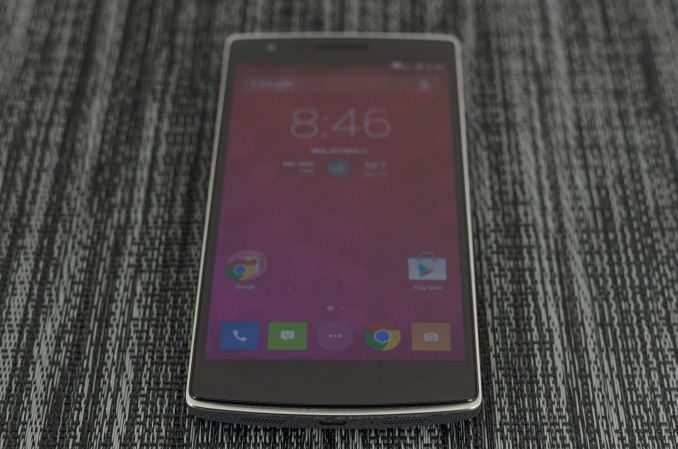
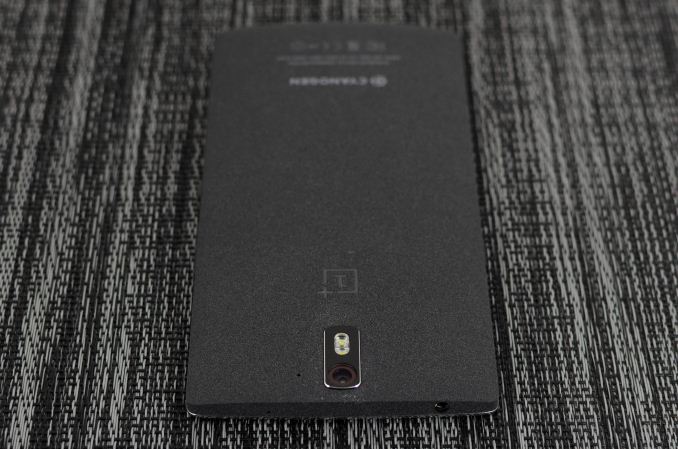
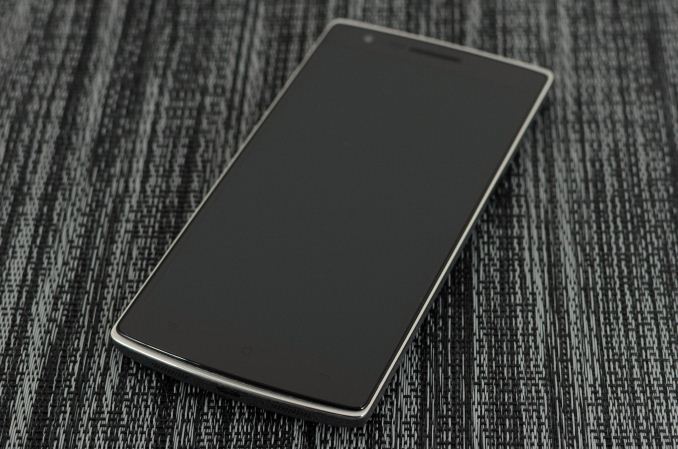
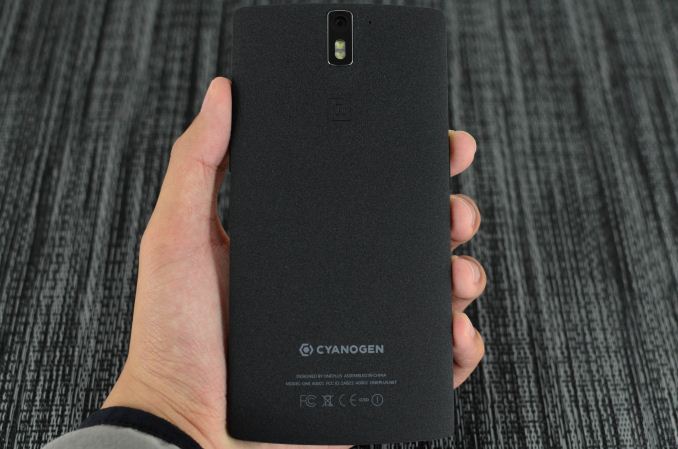
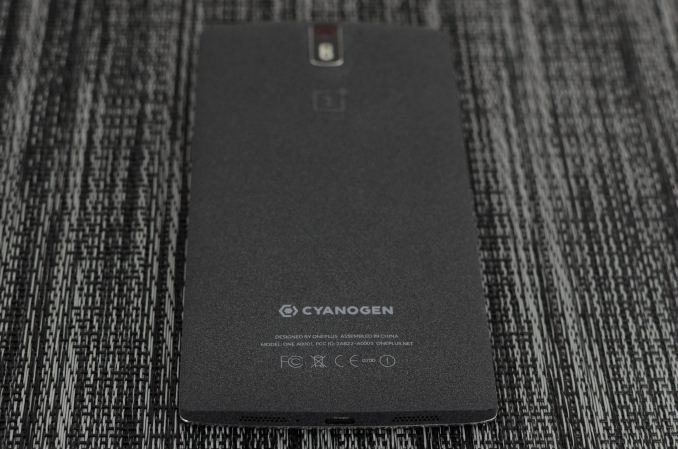








148 Comments
View All Comments
MadDuffy - Wednesday, November 19, 2014 - link
Thanks for your review.Some corrections on page one specs: MHL not supported and BT 4.0 (not 4.1).
anneoneamouse - Wednesday, November 19, 2014 - link
"Reception, at least for T-Mobile US' band 4/AWS LTE is noticeably worse than most devices that I've tried."This would seem to be a significant issue; yet this one-line detail is buried under the "misc" section, and not discussed in the conclusions at all. Three pages are devoted to analysis and discussion of photo / video quality, which for most users are likely to be secondary functions.
It's a phone; can I use it to speak clearly to a client? If not, I'll look elsewhere.
AoN.
DoktorSleepless - Wednesday, November 19, 2014 - link
Yes, this needs some serious elaboration.Cinnabuns - Wednesday, November 19, 2014 - link
I agree. Especially with all the praise and in-depth look given to the Moto X's cellular reception on this site, it would be helpful if all phones reviewed had a small section describing its reception characteristics.Harry_Wild - Thursday, November 20, 2014 - link
As a T-Mobile customer; this reception quality is top priority for picking a phone! LTE is for most data until T-Mobile changes it to Voice over Internet using LTE band. But that will be in middle 2015 and later.It not a hardware problem; it a software problem so One Plus should be able to fix it with T-Mobile's assistance.
Conficio - Friday, November 21, 2014 - link
@Harry, how come you are sure this is a software issue. Could be bad placement of the antenna or bad antenna design in general. Also, I think we don't know if the issue is limited to T-Mobile. That was just the network he tested it on.You make a good point though, if this is an LTE issue (which the article does not say), then in 2015 this phone on T-Mobile goes from good voice and bad data to issues for both.
More questions: There were software updates mentioned. Did those affect the reception issues? And did they swap out the baseband?
Conficio - Friday, November 21, 2014 - link
That also made me really nervous. I'm a T-Mobile customer and really need to know how he did notice this. I have seen some good cellular comparison tests in the past on Anandtech. Please lets get some objective comparison or at least some more detail on how this does effect the phone? Indoors, outdoors, calls dropped or not starting, get no reception where other phones have reception. Any reaction by the company?Munna2002 - Friday, November 21, 2014 - link
I am a T-Mobile customer with an OPO. My family also all use OPOs. We have no problems with LTE speeds in the NYC Metro area, although we do not have the T-Mobile Wifi calling app, which requires messing with the bootloader and kernels from what I understand.jmasterj - Wednesday, November 19, 2014 - link
This review is missing an important section that always appeared in Klug's phone reviews: network performance. There's one anecdote about how it performed on T-Mobile's LTE, but nowhere are listed even the HSPA or LTE bands supported by this device. It would be nice to see testing in this area.pjcamp - Wednesday, November 19, 2014 - link
Since you took the time to review this vaporphone, perhaps you could also do the Xperia Z3?